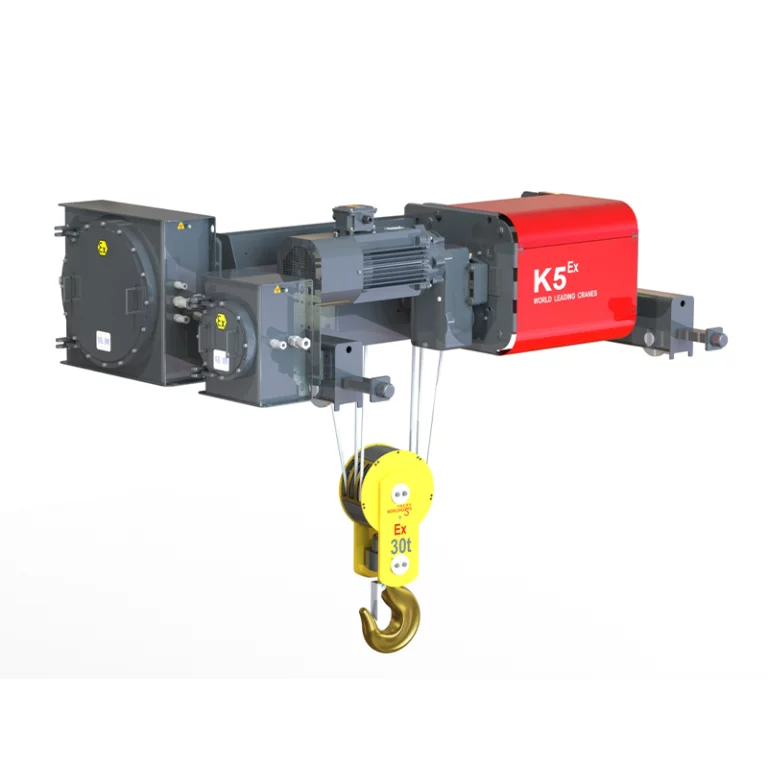Frequent crane inspections are essential for ensuring the safety and efficiency of operations involving hoist and lifting equipment. Understanding the two main components of these inspections can help businesses maintain their heavy-duty hoist systems effectively.
Visual Inspections
The first part of a frequent crane inspection is the visual inspection. This process involves a thorough examination of the hoist and lifting equipment to identify any signs of wear, damage, or corrosion. Inspectors check crucial components such as hooks, chains, and the overall structure of the crane. Regular visual inspections play a vital role in preventing accidents and extending the lifespan of heavy duty hoist.
Functional Tests
The second component is functional testing, which plays a vital role in safety and reliability. This process involves thoroughly verifying that all systems of the hoist and lifting equipment operate correctly under load. Operators meticulously test controls, brakes, and emergency systems to ensure they respond as expected in various scenarios. Conducting frequent functional tests is crucial for maintaining the reliability of heavy-duty hoists, as it ensures they perform safely and efficiently in demanding applications, ultimately reducing the risk of accidents and equipment failure.
Conclusion
In conclusion, the two main parts of frequent crane inspection—visual inspections and functional tests—are essential for the safe operation of hoist and lifting equipment. Companies focused on maintaining high standards in their heavy-duty hoist systems can greatly benefit from these practices. For specialized needs, WORLDHOISTS offers advanced lifting equipment, including Explosion Proof & Specialized Hoists designed for high-temperature environments, ensuring both safety and reliability in critical operations.

